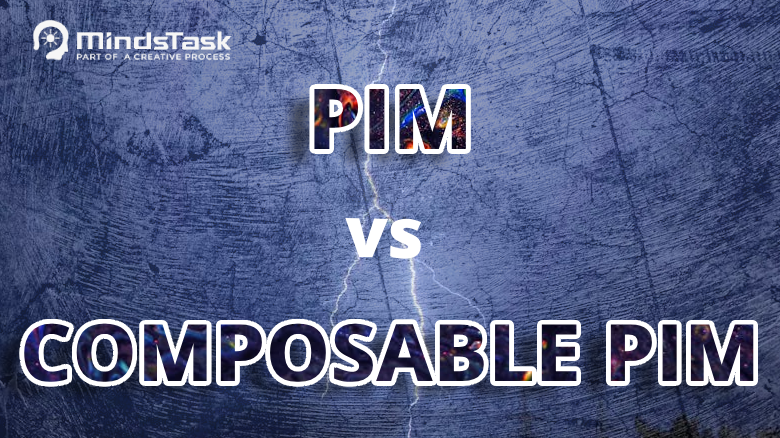In the age of digital commerce acceleration, product information management (PIM) is no longer optional—it’s foundational. But as organizations face increasingly complex product data environments, many are asking a critical question:
“Should we implement a traditional PIM solution, or go the Composable PIM route using best-of-breed tools for each architectural component?”
While Composable PIM promises flexibility and innovation, it comes with integration complexity. On the other hand, traditional PIMs offer turnkey value but may lack modular agility. This blog helps you choose based on real-world use cases—and explains why Pimcore offers the best of both worlds.
What Is Traditional PIM?
Traditional PIM solutions are typically monolithic or semi-modular platforms that offer an all-in-one approach—centralized modeling, enrichment, workflows, DAM, and distribution—within a single ecosystem.
What Is Composable PIM?
Composable PIM is an architectural strategy that assembles the best tools for each capability. This can include:
- Vendor/Supplier Portals
- Master Data Management (MDM)
- Data Quality Tools
- Workflow Orchestration
- Middleware for Integration
- Digital Asset Management (DAM)
- Syndication Tools
It offers unmatched flexibility but demands technical effort and budget to maintain integrations.
Why Pimcore Is Ideal for the Composable Approach
- Open Architecture: Fully API-first and open-source.
- Modular & Extensible: Use PIM, DAM, MDM, CMS—together or separately.
- Composable-Friendly: Acts as a core data layer with easy third-party integration.
- Developer-Friendly: Built on Symfony PHP with GraphQL and real-time APIs.
- Lower TCO: Unified platform without the licensing overhead of composable stacks.
Use Case-Based Comparison: Traditional vs. Composable PIM
| Use Case | Traditional PIM | Composable PIM | Pimcore Advantage |
|---|---|---|---|
| Centralized Product Data Repository | Out-of-the-box and unified | Requires custom integration | Pimcore natively supports MDM + PIM + DAM |
| Vendor Collaboration & Onboarding | Rigid vendor portals | Customizable supplier portals | Custom workflows and onboarding portals |
| Data Quality & Governance | Basic rules, limited extensions | Specialized profiling/cleansing tools | Built-in validation + third-party integration |
| Headless Commerce Enablement | Partial or afterthought | Headless from ground up | API-driven, headless-ready platform |
| Custom Workflows | Limited | Fully customizable | Built-in engine + BPM tool support |
| Scalability for Complex Hierarchies | Data modeling limitations | Custom but complex | Flexible modeling out-of-the-box |
| Tool Integration (ERP, CRM, etc.) | Vendor-dependent connectors | Middleware required | Native APIs and connectors |
| Multi-Domain Master Data Management | Often limited to products | Requires external MDM | Multi-domain (products, vendors, customers) |
When Composable PIM Makes Sense
Composable PIM is ideal if:
- You already use best-of-breed tools.
- Your architecture is microservices-based.
- You need advanced governance or AI-driven data quality.
- You have the internal capability for integration and upkeep.
Conclusion: The Balanced Approach
Composable PIM sounds modular and modern—but its integration complexity can slow you down. Traditional PIM simplifies deployment but may lock you in.
Pimcore combines the agility of composability with the stability of a unified stack. Whether you’re planning to implement a full solution or replace parts of your data architecture, Pimcore adapts to your vision with lower total cost and greater control.
Ready to Explore Pimcore?
If you’re evaluating PIM or MDM for your enterprise and want to explore how Pimcore can support your composable architecture strategy, request a free demo or reach out to us for a tailored walkthrough.

